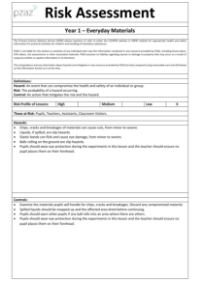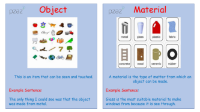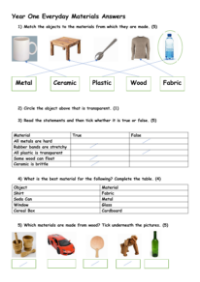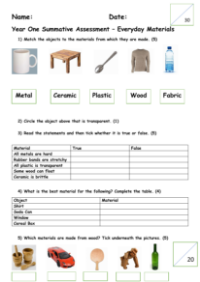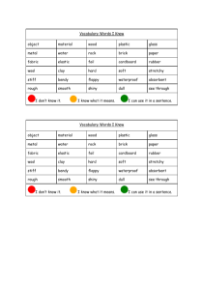Everyday Materials - Lesson Plan
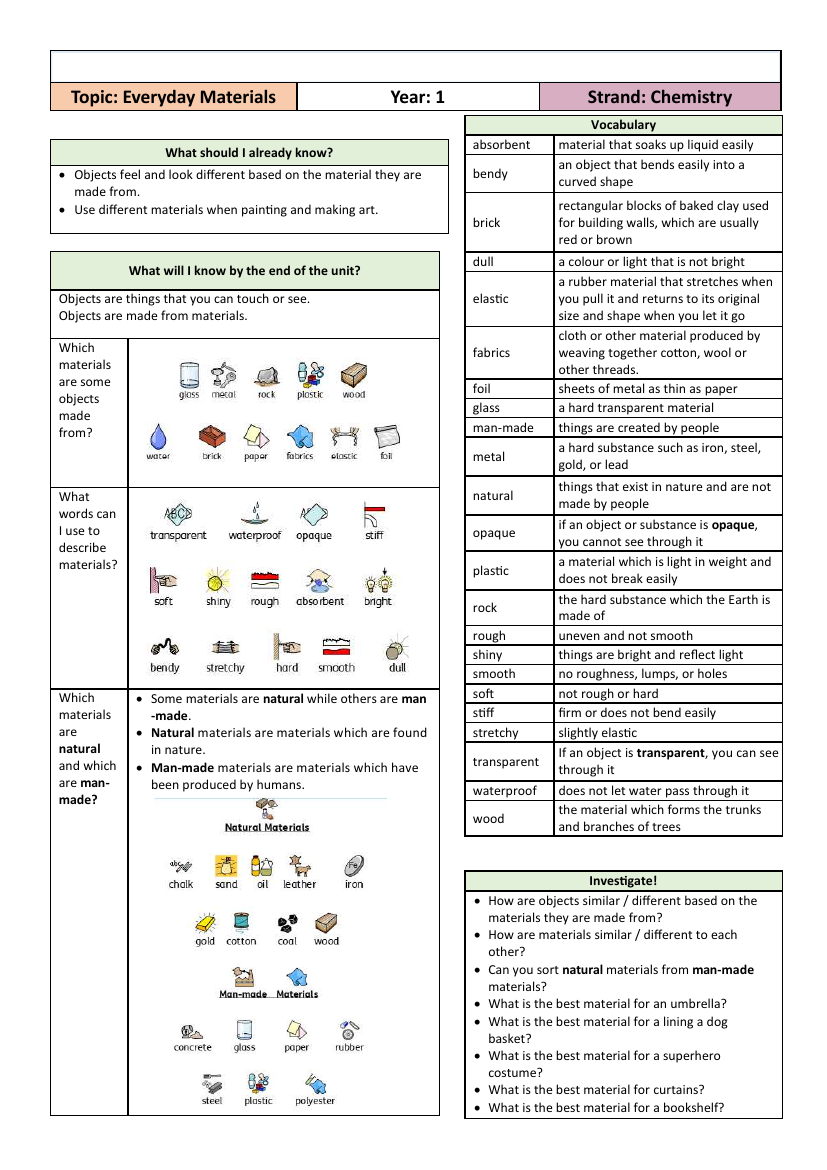
Science Resource Description
At the beginning of the Everyday Materials unit for Year 1 Chemistry, students are expected to understand that objects have different appearances and textures based on the materials they are made from. They should also be familiar with using various materials in artistic creation. By the end of the unit, pupils will have a deeper comprehension of the concept that objects are tangible items made from different materials. They will explore and categorise materials as either natural, found in nature, or man-made, created by humans. The unit will help them develop vocabulary to describe materials, such as 'absorbent', 'bendy', and 'opaque', and distinguish between materials based on their properties.
The lesson plan includes investigative activities that encourage students to observe and compare objects based on the materials they are constructed from. They will learn to sort materials into natural and man-made categories and consider the suitability of various materials for specific purposes, such as the best material for an umbrella or a superhero costume. Vocabulary is a key focus, with words like 'brick', 'elastic', 'foil', and 'transparent' introduced to describe materials' properties. Students will engage in practical tasks, such as matching vocabulary words to pictures and answering questions that test their understanding of materials and their properties, such as which materials are transparent or the characteristics of elastic material. By the end of the unit, they will be able to identify materials like wood, metal, rock, and glass, and understand the concepts of man-made and natural substances.


